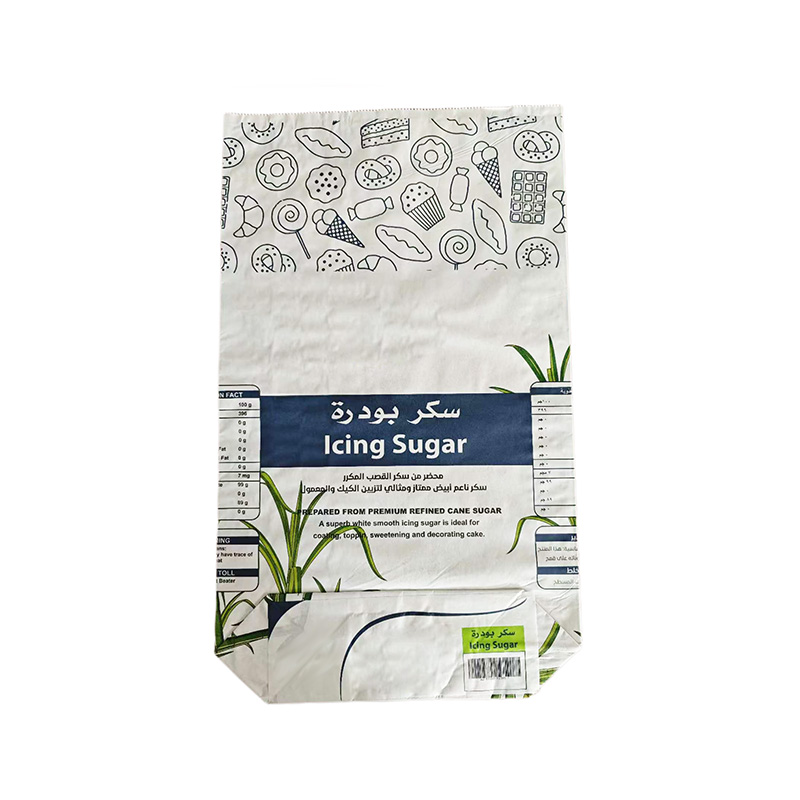As industries expand and supply chains grow more complex, the need for reliable packaging solutions has gained significant attention. From food and agriculture to chemicals and construction, companies seek packaging that not only safeguards product quality but also streamlines handling and logistics. Within this landscape, PP laminated woven bags, PP woven sacks, and block bottom valve bags stand out as practical options, combining strength, protection, and adaptability for diverse applications.

PP laminated woven bags combine the strength of polypropylene woven materials with a laminated layer that provides additional moisture and barrier resistance. This combination helps prevent contamination, reduces the risk of spillage, and extends the shelf life of both granular and powdered products. The laminated layer acts as a barrier against external factors such as humidity, light, and oxygen, which can accelerate product degradation. Industries that handle chemicals, fertilizers, or food ingredients benefit from the added protection provided by these composite materials, ensuring products remain stable during storage and transit.
Similarly, PP woven sacks are widely used for bulk packaging applications due to their high tensile strength and versatility. Unlike single-layer bags, PP woven sacks can be manufactured with varying thicknesses and coatings to suit specific product needs. They are particularly effective for packaging grains, seeds, and powdered materials, as they can withstand stacking, rough handling, and long-distance transport without compromising the contents. The inherent breathability of woven polypropylene allows for controlled ventilation, which can help prevent condensation and moisture accumulation, factors that are critical for maintaining product quality over extended periods.
For applications requiring automated filling and sealing, block bottom valve bags provide a practical and efficient solution. These bags feature a bottom valve that simplifies filling processes, reduces labor requirements, and lessens the risk of product contamination. The block bottom design also ensures the bag remains stable when stacked, reducing damage to the product and maintaining overall package integrity. Combined with laminate coatings, these bags offer enhanced resistance to environmental factors, further contributing to the shelf life of sensitive products. Industries that distribute powdered chemicals, cement, or specialty food ingredients often rely on block bottom valve bags for reliable, large-scale packaging solutions.
Composite packaging not only extends shelf life but also contributes to operational efficiency. By using materials such as PP laminated woven bags, PP woven sacks, and block bottom valve bags, companies can reduce losses caused by product degradation, leakage, or contamination. In addition, these packaging solutions facilitate easier handling, storage, and transportation, ultimately improving overall supply chain management. Efficient packaging also supports inventory management, as products can be stored for longer periods without quality deterioration, reducing waste and enhancing cost-effectiveness.
Environmental considerations are increasingly influencing packaging choices. While polypropylene-based solutions provide strength and durability, innovations in composite packaging are exploring options for recyclability and reduced environmental impact. Many PP laminated woven bags and PP woven sacks are now designed to be reusable or recyclable, allowing businesses to meet regulatory requirements and sustainability goals. The combination of durability, protection, and environmental responsibility positions these packaging options as practical solutions for industries seeking long-term storage and transportation stability.
Enhancing product shelf life requires a strategic approach to packaging selection. PP laminated woven bags, PP woven sacks, and block bottom valve bags represent key components in modern packaging strategies, offering protection against moisture, contamination, and mechanical stress. Their design features, including laminated layers, breathable woven structures, and stable block bottoms, help preserve product quality while supporting operational efficiency. Companies that invest in these composite packaging solutions can expect improved product stability, reduced waste, and streamlined logistics, contributing to both economic and environmental benefits. By choosing the right packaging for each application, businesses can maintain product integrity from production to end-use, ensuring that goods reach consumers in a safe and reliable condition.


 English
English Español
Español عربى
عربى
